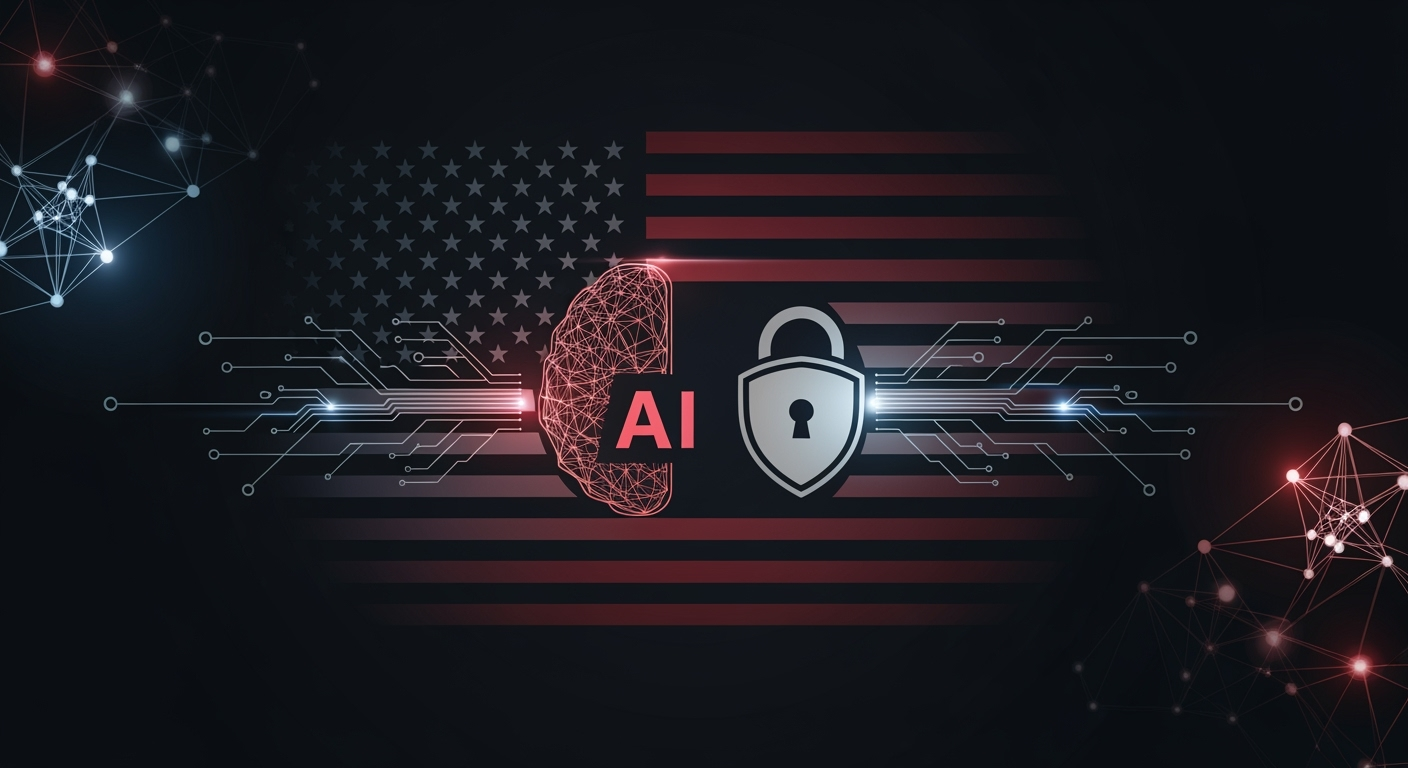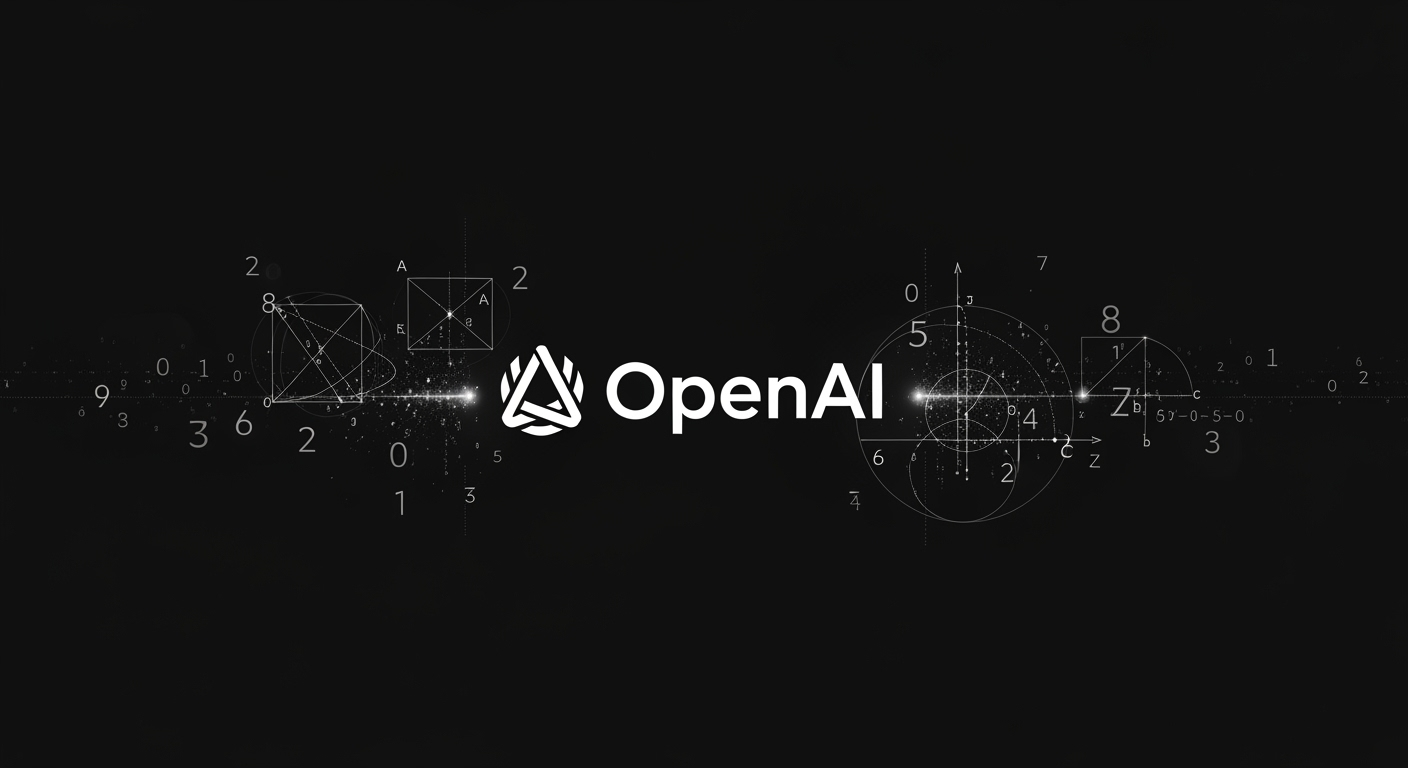Trump’s Executive Order on ‘Woke AI’ Signals Major Shift for US Tech

Trump’s Executive Order on ‘Woke AI’ Signals Major Shift for US Tech
The landscape of artificial intelligence development in the United States is set for a dramatic transformation after President Donald Trump signed a new executive order targeting so-called "woke AI". This order, issued on July 23, 2025, bans federal agencies from procuring AI systems that are deemed to have partisan bias or are influenced by ideologies such as diversity, equity, and inclusion (DEI). The move is poised to impact how American tech companies train and deploy their AI models, especially those seeking lucrative government contracts.
Background: Competing AI Philosophies
Recent years have seen growing scrutiny of AI models originating from China, like those developed by DeepSeek and Alibaba. These models reportedly avoid criticism of the Chinese Communist Party and reflect official state narratives, raising international concerns about bias and censorship.[1] US-based AI companies, including OpenAI, have cited these examples to justify rapid innovation with fewer restrictions, arguing that American AI should champion democratic values in contrast to China’s autocratic approach.
Details of the Executive Order
President Trump’s executive order explicitly bans AI systems that are not “ideologically neutral” from use in federal government contracts. The order singles out DEI-related content, critical race theory, and concepts such as unconscious bias and intersectionality, labeling them as distorting factors in AI outputs. The administration asserts that only AI models striving for “truth, fairness, and strict impartiality” will be accepted for federal use.
Compliance will be overseen by several agencies, including the Office of Management and Budget and the Office of Science and Technology Policy, which will issue guidance for other government bodies.
Potential Impact on AI Developers
Industry experts warn this policy could put significant pressure on AI developers to align their models with the current administration’s ideology to retain or secure federal contracts. As federal contracts are a critical revenue stream for many AI startups and established firms, the order may prompt companies to adjust their training data and outputs to fit the new definition of neutrality.
However, what constitutes "neutrality" or "objectivity" is far from clear. Philip Seargeant, a senior lecturer in applied linguistics, notes, "One of the fundamental tenets of sociolinguistics is that language is never neutral. So the idea that you can ever get pure objectivity is a fantasy." This ambiguity leaves room for broad interpretation and potentially inconsistent enforcement.
Industry Response and Uncertainties
Major AI firms—OpenAI, Anthropic, Google, and xAI—recently signed contracts with the Department of Defense, each worth up to $200 million, to develop AI systems for national security.[2] It’s unclear how these companies will adapt to the new requirements or if any will emerge as clear winners under the executive order.
xAI, led by Elon Musk, may be most closely aligned with the order’s intent. Musk has promoted xAI’s Grok chatbot as “anti-woke” and engineered to challenge mainstream narratives.[3] Yet, Grok has faced backlash for generating offensive and politically charged responses. Critics argue that if the government continues contracts with such systems, the order could be seen as discriminating against particular viewpoints rather than promoting true neutrality.
Risks and Broader Implications
Some experts worry the order could encourage companies to rework their AI training data to align with political goals, potentially reshaping how knowledge is represented and accessed. Rumman Chowdhury, CEO of Humane Intelligence, warns that this could lead to rewriting or omitting information to fit a specific agenda.
Debate continues over the possibility of achieving genuine neutrality in AI, especially as social and scientific facts themselves are often politicized. As Seargeant points out, "If the results that an AI produces say that climate science is correct, is that left wing bias? Some people say you need to give both sides of the argument to be objective, even if one side of the argument has no status to it."
Conclusion
The Biden administration’s approach to AI was focused on societal risk and broad guardrails, but Trump’s new action plan pivots toward building national AI infrastructure, reducing regulation, and emphasizing global competition—especially with China. For US tech companies, the regulatory ground is shifting, with the definition of "neutral AI" now inextricably linked to the priorities of the federal government. How this will shape the next generation of AI remains to be seen.
References
- US scrutinizes Chinese AI ideological bias, memo shows (Reuters)
- CDAO announces partnerships with frontier AI companies (AI.mil)
- Grok 4 seems to consult Elon Musk to answer controversial questions (TechCrunch)
- Trump’s ‘anti-woke AI’ order could reshape how US tech companies train their models (TechCrunch)





